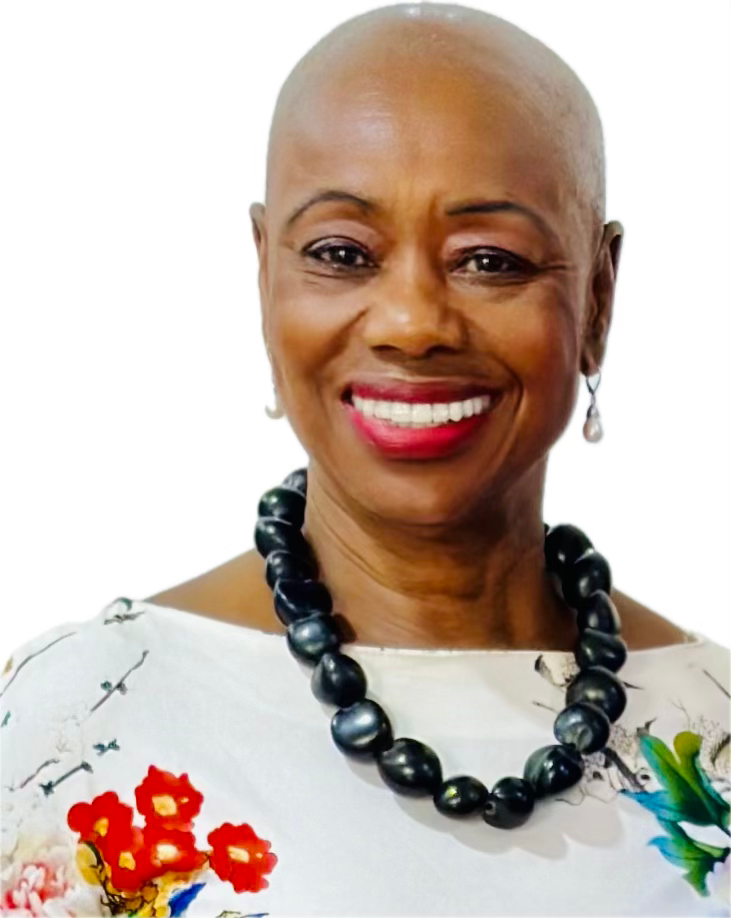
The Drum Remembers Me
- Lorna Owens-CEO

- Jul 5
- 3 min read
The Drum Remembers Me
So again, I sit in my favorite chair, tea in hand, steam rising like a prayer.
And my thoughts, as they often do these days, drift back to Africa—
to the red earth, to the wide skies,
to the pulse beneath the land that is not silence, but memory.
It is the drum I hear.
Not a sound, but a summons.
The drum is older than the spoken word,
older than the flags and borders that now name the land.
It is the language of the ancestors,
the echo of feet dancing beneath a sun that never forgets.
It is the heart of Africa, beating beneath everything.
And there are many drums.
The djembe, shaped like a chalice, carved from hardwood and strung with goat skin—
used by the Mandinka people to call forth the spirit of community.
The talking drum, known as dundun or tama, its tones rise and fall like language,
mimicking speech,
carrying messages across great distances in places where no wires run.
The bougarabou, deep and resonant, played by the Jola people of Senegal,
calls out the stories of the forest.
And the ngoma—sacred, ceremonial, life-giving—found in East and Southern Africa,
played during births, healing rituals, and rites of passage.
Each drum has a voice. Each voice belongs to a people.
The Yoruba, the Ashanti, the Ewe, the Zulu, the Bamileke, the Wolof—
tribes and nations with lineages older than empire.
Each community preserved the drum not just as an art form,
but as a sacred archive.
A vessel of truth, of memory, of resistance.
Through colonization and captivity, the drum endured—
in coded rhythms, in whispered beats, in the footfalls of those who would not forget.
Even the color of the drum matters.
Red-stained wood may symbolize blood and sacrifice.
Dark ebony drums speak of mystery, of ancestral depth.
Drums wrapped with cloth—often in kente or mudcloth patterns—carry tribal identity,
blessing each ceremony with the pride of heritage.
Some are painted with white symbols, invoking purity, ancestors, or spirits of protection.
Color is not just adornment—it is intention.
The drum is not only sound—it is spirit.
It calls rain.
It marks mourning.
It lifts the dancer into trance.
It is prayer made rhythm.
When I was in Ghana, I heard them—not only with my ears but in my bones.
I felt them in the slow morning stirrings of a village,
in the laughter of children,
in the reverence of elders.
I heard them at sunset, calling us to gather,
to remember, to celebrate, to weep, to be still.
The drum is not just an instrument. It is a messenger.
It tells us where we come from.
It tells us we are never alone.
It holds the story of a people who have endured and danced anyway.
It says: You are held. You are known. Come back home.
Even now, oceans away, I hear it.
The rhythm lives in me.
When the world is too loud or too fast, I sit.
I sip my tea.
And in the stillness, I return to the drum.
Because the drum is memory.
The drum is soul.
The drum is Africa whispering:
“I am not gone. I am in you.”
And I answer, quietly,
“Yes. I remember.”
Would you like this formatted in Word with a title page?










































Comments